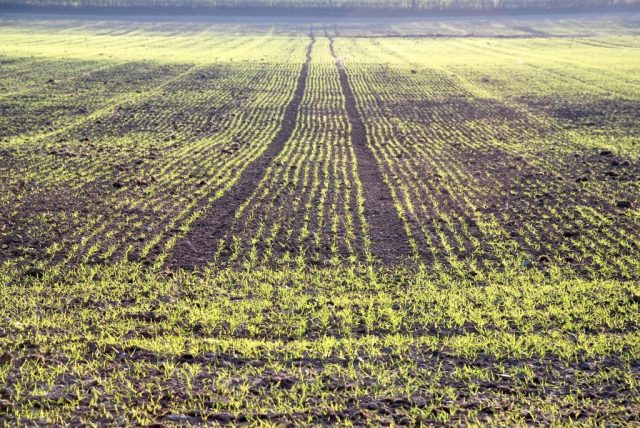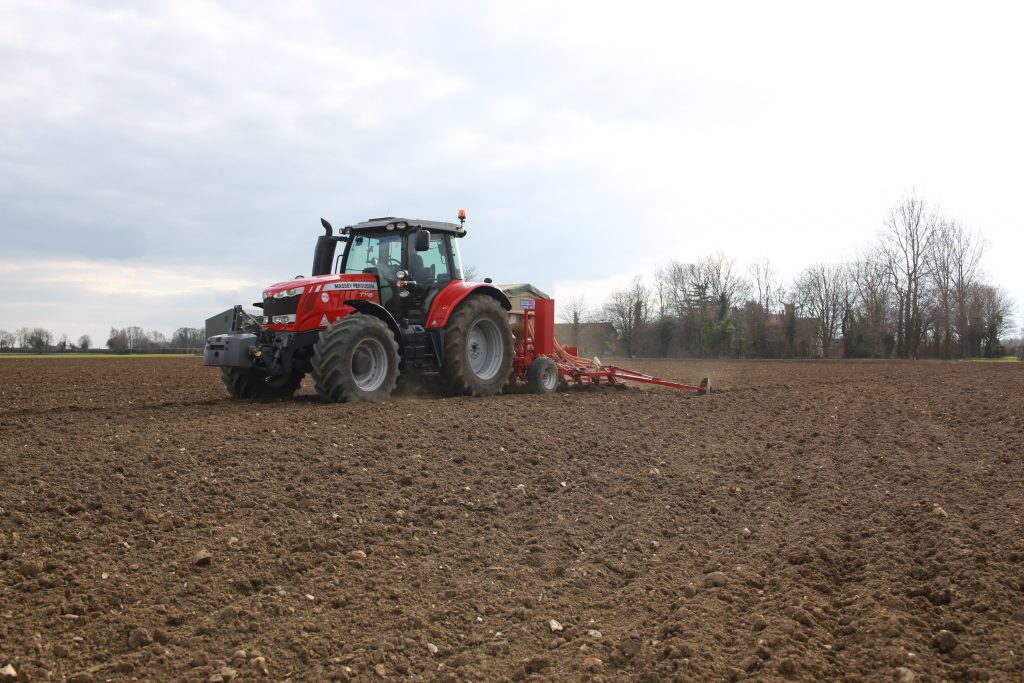Latest trials highlight heavy land spring barley opportunities
4th February 2020
Field-scale, heavy land trials at Agrii’s Stow Longa technology centre last season revealed spring barley yield and gross margin differences of almost 3t/ha and well over £350/ha.
Field-scale, heavy land trials at Agrii’s Stow Longa technology centre last season revealed spring barley yield and gross margin differences of almost 3t/ha and well over £350/ha.
According to the company, the fact that these differences came from variations in cultivation approach and sowing date alone shows the sheer scale of gains possible from the best all-round agronomy; especially so with soils coming out of the winter as challenged as they are this year.
Senior trials officer, Justin Burton reflected: “The winter of 2018/19 was nowhere near as wet as the present season. Yet, we recorded average yield and gross margin advantages of 1.2t/ha and £160/ha for the best ground conditions compared to soils that were too tight.
“Averaged across the conditions, delaying sowing by a month until late March further gave us an extra 1.9t/ha at harvest and a £230/ha margin advantage. What’s more, we achieved far better black-grass control in both cases too.
“This underlines the critical importance of drilling spring barley into the best possible heavy land conditions,” he stressed. “Its short growing season and limited ability to compensate for a poor start makes it vital to get the crop away rapidly and reliably. Warm-enough soil and a decent seedbed make all the difference here. So, more than anything else this season, patience will be essential.
“Spring barley is more flexible than most people think. After all, in the very wet spring of 2018 we were able to bring in over 6t/ha from a crop we couldn’t get in at Stow Longa until the very end of April.”
As well as waiting until the ground is really fit for sowing, Mr Burton said shallow, top down working will be equally important on heavy land this spring; mainly because the very last thing anyone needs to do is bring up wet soil and grassweeds from below.
“Concentrate on the top few centimetres to get the ground fit for the best germination and early rooting,” he advised. “Remedial action may well be needed lower down, but leave this until the autumn. Apart from anything else, metal at depth won’t do any good with many soils as wet as they’re likely to remain this spring. And getting rid of too much moisture is something we’ll live to regret if we get another really dry late spring or summer.”
With the possible exception of RGT Planet which seems to prefer sowing at 400 seeds/m2, seed rates of around 350 seeds/m2 should be the target in most cases, according to Agrii research.
Specialist manganese and zinc seed dressings are likely to be particularly valuable here; four years of trials showing yield typical responses of up to 15 per cent, against the two per cent required to cover the costs of treatment.
“In our experience, first class early crop nutrition will be key this season to secure the best establishment, rooting and tillering,” Mr Burton said. “Not surprisingly, with relatively high offtakes last harvest and more upper soil losses in the wet autumn and early winter, our early N-Min testing is showing generally low levels of soil nitrogen. This is probably also the case for sulphur and potash. And phosphate availability won’t be anything special given the conditions, either.
“Our research typically shows a 1t/ha yield advantage from more of the nitrogen applied early and 0.75t/ha from using fresh phosphate in a protected form rather than just ordinary TSP in the seedbed. So, we recommend applying 60 kg/ha of the crop’s 120-150 kg/ha of N in the seedbed and the rest by GS14-21. This should be balanced with 40-50 kg/ha of SO3 and, wherever possible, phosphate with the protection of P-Reserve.
“Balanced micro-nutrition is also essential, based on routine tissue analysis and modern yield and growth stage guidelines which vary significantly from traditional traffic light recommendations,” he added.
While Agrii trials have shown valuable yield benefits to T0 applications in seasons with a high yield potential, where conditions are drier or drilling is very late, a straightforward T1 and T2 fungicide programme is considered appropriate.
Applying a low temperature PGR before GS14 is highly recommended, though, having been found to deliver a 10 per cent increase in ears/m2 for a very worthwhile 0.25t/ha yield gain.It may seem ridiculously early, but the anti-gibberellin effect of the right PGR at the three-leaf stage really helps crop rooting and tillering to maximise productive ear numbers, in Mr Burton’s experience. It has to go on at this time, though, he warned, otherwise all it will do is shorten the crop.
“With forward prices as they are, spring barley offers excellent margin-earning opportunities this season,” Mr Burton concluded. “After all, a decent performance brings our costs of production at Stow Longa in at around £50-60/t, including cultivations.
“Overall, our research strongly suggests growers need to concentrate on getting seedbed conditions right and direct their spend more towards early nutrition rather than crop protection this spring. To secure the performance, it’s worth emphasising too that the crop needs to be harvested when its ready. Combining priorities simply must reflect the fact that winter wheat holds its grain far better than spring barley.”


